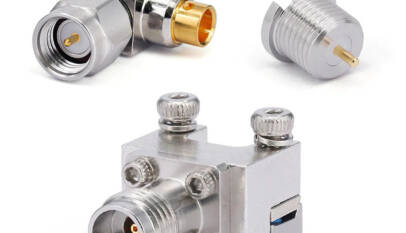
Commercial property maintenance involves the ongoing care and repair of buildings and grounds used for business purposes. It ensures these properties remain safe, functional, and appealing to tenants or customers.
Proper maintenance reduces the risk of costly repairs and extends the lifespan of the property. This approach supports consistent business operations and protects the property’s value over time.
Property managers and owners prioritize regular inspections, cleaning, and timely repairs to avoid disruptions. Effective maintenance plans also comply with local regulations and improve tenant satisfaction.
Core Elements of Commercial Property Maintenance
Effective maintenance ensures the safety, efficiency, and longevity of commercial properties. It involves thorough inspections, planned upkeep, and swift responses to urgent issues, each playing a distinct role in property management.
Building Systems Inspections
Building systems inspections focus on critical components like HVAC, electrical wiring, plumbing, and structural elements. Regular checks identify early signs of wear, malfunction, or code violations that could escalate into costly repairs or safety hazards.
Inspections typically follow a systematic checklist that covers key systems, including fire alarms, elevators, and water heating units. Trained technicians document conditions, prioritize problems based on urgency, and recommend necessary corrective actions. This data supports informed decision-making and budgeting.
Frequent inspections minimize unexpected breakdowns. They ensure compliance with safety regulations and help maintain tenant satisfaction by providing a reliable, secure environment.
Preventive Maintenance Scheduling
Preventive maintenance scheduling organizes routine tasks to address potential issues before they become problems. This includes filter changes, lubrication, cleaning, and calibration, all planned according to manufacturer recommendations and system usage.
A detailed calendar coordinates these tasks to reduce downtime and extend equipment lifespan. Maintenance teams often use software tools to track, notify, and record completed activities, ensuring consistency and accountability.
Correctly timed maintenance reduces emergency repairs and operational interruptions. It balances costs by preventing expensive fixes while maximizing asset performance and safety.
Emergency Repairs Management
Emergency repairs management focuses on rapid response to unexpected failures or damage. Common emergencies include power outages, plumbing leaks, or structural damage caused by weather events.
A clear protocol involves immediate assessment, contact with approved contractors, and swift mobilization of resources. Communication with occupants is key to maintain safety and inform about repair timelines.
Pre-established vendor relationships and emergency funds streamline this process. Efficient handling minimizes downtime, limits property damage, and reduces liability risks for property owners.
Best Practices and Compliance Standards
Effective commercial property maintenance demands strict adherence to legal regulations, environmentally sound practices, and efficient collaboration with service providers. Meeting these criteria ensures safety, sustainability, and operational continuity.
Health and Safety Regulations
Commercial properties must comply with OSHA standards and local building codes to protect occupants and workers. Regular inspections identify hazards such as faulty wiring, structural weaknesses, or blocked emergency exits.
Maintenance teams should document all safety checks and promptly address violations to avoid penalties and reduce liability. Fire safety systems, including alarms and sprinklers, require scheduled testing and certification.
Proper signage, clear evacuation routes, and adequate lighting are mandatory to meet regulatory requirements. Training staff on emergency procedures supports compliance and enhances property safety.
Sustainable Maintenance Solutions
Sustainability in commercial maintenance focuses on reducing environmental impact and lowering costs. Energy-efficient lighting, such as LED systems, and smart HVAC controls help decrease utility expenses and carbon footprints.
Water conservation techniques involve low-flow fixtures and leak detection programs. Waste management practices emphasize recycling and proper disposal of hazardous materials.
Using eco-friendly cleaning products and green roofing materials supports sustainability goals. Regular audits monitor resource consumption and identify areas for improvement.
Vendor and Contractor Coordination
Effective coordination with vendors and contractors ensures quality and timely maintenance work. Property managers should vet service providers for proper licensing, insurance, and relevant experience.
Clear contracts outlining scopes of work, deadlines, and payment terms reduce disputes. Maintaining open communication prevents misunderstandings and manages expectations.
Scheduling regular meetings and leveraging project management tools help track progress and address issues quickly. Consolidating vendors when possible streamlines operations and fosters accountability.
Kids Swimming Lessons Essential Tips for Safety and Skill Development
Kids swimming lessons teach essential water safety skills and build confidence in the wate…







